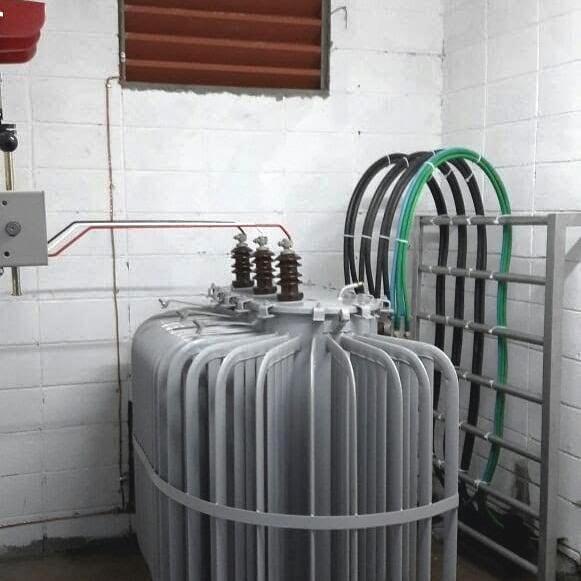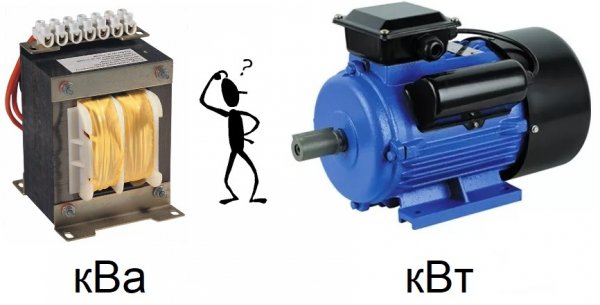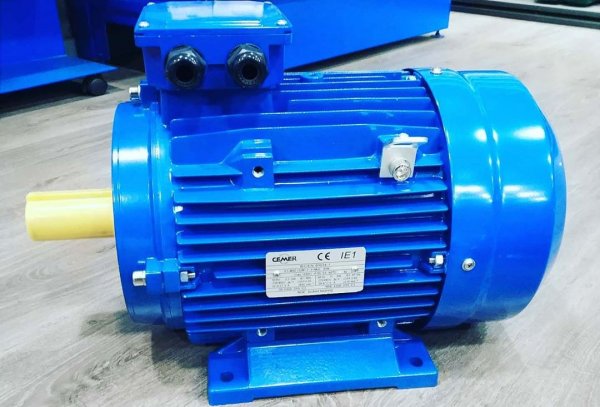Why transformer power is measured in kVA and motor in kW
There are different devices that operate on AC power and each of these devices is different. An incandescent lamp, for example, instantly converts the energy of an electric current passing through it— in the light and warmth, while we can NOT say that any part of the electrical energy from the lamp periodically returns back to the grid.
How much energy has come into the filament - how much the lamp heats up and glows. If you start to pass large power — it will simply burn out, but will not be able to return excess energy to the grid.
Loads of this type are called resistive loads. Their power is measured in watts (W), kilowatts (kW), etc.
However, there are also devices in which part of the alternating current electrical energy received from the grid, before it is irreversibly converted into another type of energy (by default, into useful work such as radiation, heating or body movement), can accumulate under the form of energy variable electric and (or) magnetic fields, to fluctuate, even radiate, as they circulate between the (source) network and the user.
In such cases, they say that the device consumes from the network the full power S such and such, and the active power P — such and such.
In this case, active power P is measured in watts (W), kilowatts (kW), etc., and apparent power S is measured in volt-amperes (VA), kilovolt-amperes (kVA), etc.
Active power — this is the rate of conversion in the user of electrical energy directly into useful work.
Full power — this is the power that the AC network supplies to the user for its normal operation — the effective value of the voltage in volts multiplied by the corresponding current in amperes.
The part of the total power periodically returned to the network is called reactive power Q and is measured in VAR (reactive volt-amperes), kVar, etc.
So, useful work AC motor This is the mechanical load on its shaft. Here, essentially, the movement of the body under the action of a force takes place over a certain distance. The energy irreversibly converted in this case is measured in joules (J), and the rate of this every second energy conversion is measured in watts.
The power of AC motors is measured in watts (W) and kilowatts (kW) because, although the motor has a reactive component, it can nevertheless only be safely loaded to a certain degree determined by its rated output in watts and the load this is exactly mechanical.
If you want to calculate the total power of the motor, it is not difficult, for this it is enough to divide the power of the motor in watts by cosine phi (both numbers can be found on the specific engine identification plate).

When with a transformer we are dealing with an electromagnetic conversion device where the energy supplied by the AC mains is converted into the energy of an alternating magnetic field in the transformer core and therefore the transformer secondary winding.
The secondary winding of a transformer can be connected both to a purely active load (such as an incandescent lamp) and to a load that has a significant reactive component (such as a resonant induction heater, etc.).
In any case, a transformer has a rated apparent power (measured in VA or kVA) that can pass through it, and this does not necessarily apply to the primary circuit, since considerable power can circulate in the secondary circuit, while the primary circuit will draw from the minimum current of the network (in this case the core will experience the same magnetic effect, but from the current of the secondary winding). That is why the power of transformers (and generators) is indicated in kVA.


